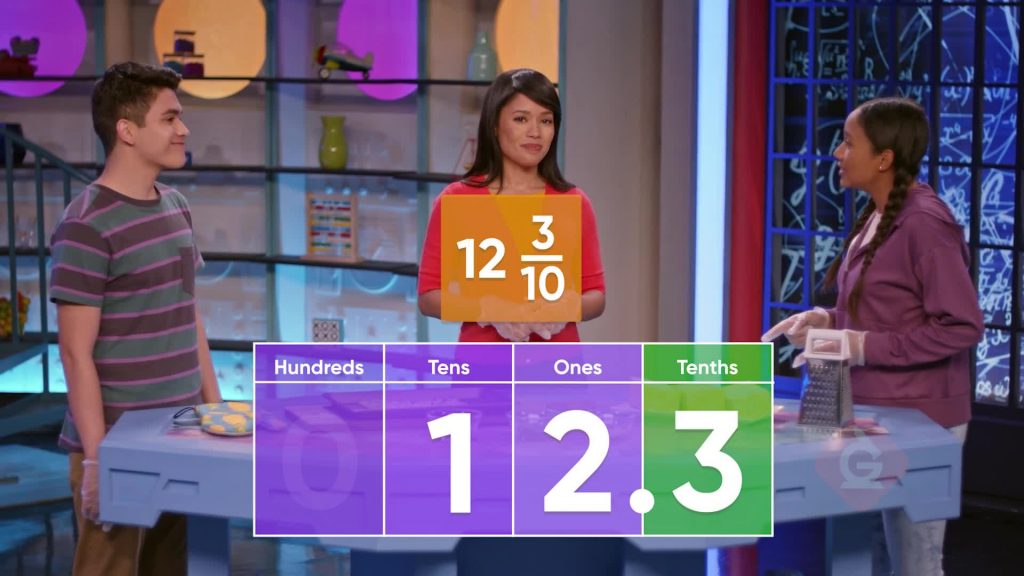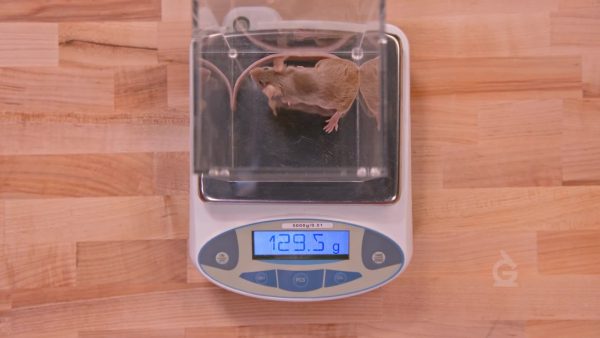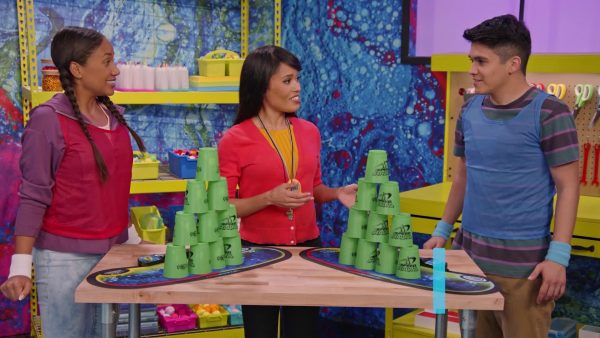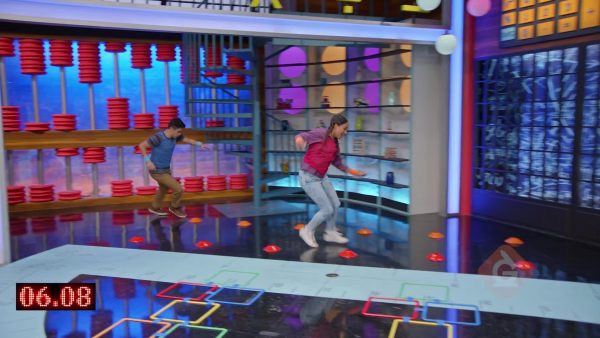
Decimal notation is an easy way to represent fractions with denominators of 10 or 100. Solving problems using decimal numbers can be much easier than solving those same problems using fractions.
To better understand decimals…
LET’S BREAK IT DOWN!
Cheesy Bread

Let’s say you want to make cheesy sticks for a party and you need 12 [ggfrac]3/10[/ggfrac] loaves of bread. You can represent that number with a decimal. You know how to write 12 with a 1 in the tens place and a 2 in the ones place. You can put a decimal point after the 2 in the ones place. The next place to the right is the tenths place. You can write 3 in the tenths place to represent 0.3. 12.3 is 12 310 written as a decimal. Try this one yourself. To double the cheesy stick recipe, you need 24 [ggfrac]6/10[/ggfrac] loaves of bread. How can you represent that number with a decimal?
Pet Mice

Let’s say you want to compare the weights of your two pet mice. One mouse weighs 129.3 grams. The second mouse weighs 129.5 grams. You can use place value to compare those two numbers. Start at the greatest place to compare. Both numbers have 1 in the hundreds place, 2 in the tens place, and 9 in the ones place. To find which number is greater, compare the digits in the tenths place. 5 tenths is greater than 3 tenths, so 129.5 grams is greater than 129.3 grams. Try this one yourself. One of April's pet mice weighs 127.4 grams. The other mouse weighs 127.1 grams. Which mouse is the heaviest?
Cup-Stacking

Let’s say you and your friend enter a cup-stacking contest. It takes you 9.04 seconds to stack the cups. It takes your friend 9.26 seconds to stack the cups. Who won the contest? First we compare the ones. 9 = 9, so we compare the tenths: 0 < 2. So, 9.04 < 9.26. You took less time, so you won the contest. Try this one yourself. It took April 10.53 seconds to stack the cups. It took Marcos 10.06 seconds to stack the cups. Who took the least amount of time to stack the cups?
Obstacle Course

Let’s say Jill and Niko run an obstacle course. The record at the course is 16.3 seconds. Jill ran the course in 16.37 seconds. 16.3 has 0 hundredths. 16.37 has 7 hundredths. So, 16.37 > 16.3. Jill did not break the record. Niko runs the course in 16.29 seconds. 16.29 has 2 tenths, which is less than 3 tenths. 16.29 < 16.3. Niko broke the record. Try this one yourself. Another course has a record time of 14.02 seconds. You ran that course in 14.2 seconds. Did you break the record?
INTRODUCTION TO DECIMALS (TENTHS & HUNDREDTHS) VOCABULARY
INTRODUCTION TO DECIMALS (TENTHS & HUNDREDTHS) DISCUSSION QUESTIONS
How do you compare 0.2 and 0.4?
How do you compare 0.78 and 0.73?
Jason says that 0.09 > 0.3 because 9 is greater than 3. Is he correct? Explain.
Skip, I will use a 3 day free trial
Enjoy your free 30 days trial
We use cookies to make your experience with this site better. By using this site you agree to our use of cookies. Click "Decline" to delete and block any non-essential cookies for this site on this specific property, device, and browser. Please read our privacy policy for more information on the cookies we use.Learn More
We use cookies to improve your experience. By using this site, you agree to our use of cookies. Click "Decline" to block non-essential cookies. See our privacy policy for details.Learn More






